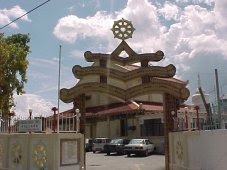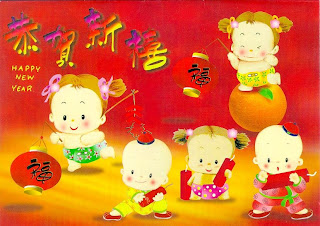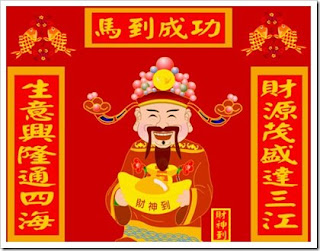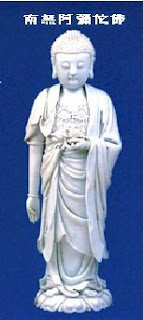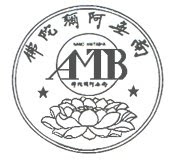Palme Gon Liberation
A liberation of animals organised by the Persatuan Penganut Buddha Palme Gon Pulau Pinang will be held this Saturday 31 January 2009 at Riverside of Bagan Lallang at 6.00pm. The liberation ceremony will be graced by four Rinpoches from Palme Gon Monastery based in Qinghui, China. Animal Liberation is one of the most important ceremonies of Tibet and Tibetan Buddhism. It has been practiced over the millenniums saving millions of lives. The ceremony is consisted of purification, mantra recitation, showering of flower and the dedication. Once the animal is formally liberated through this ceremony, it shouldn’t be killed for it’s for meat, skin or whatsoever reasons. Instead, one should provide good care of the animals and let them enjoy normal life as long as they sustains. For more information, please call 012-4900944 Mdm Chan Poh Choo.

